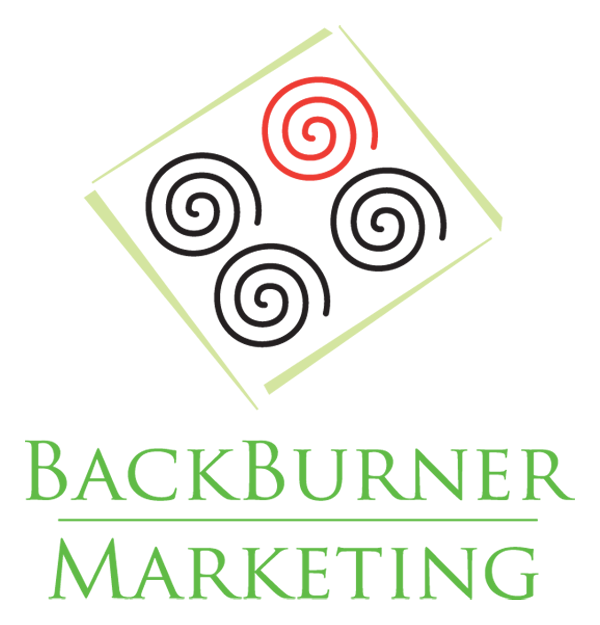5 Simple Rules for Logo Design
In design school, they teach you five things about logos: First, a logo should be unique; second, it should represent the company for which it is created; third, it should be scaleable; fourth, it should work in black and white; fifth, the number of typefaces should be kept to one or two.
Unlike many things one learns in college, the simple rules hold true in the “real world”. These rules (more guidelines, really) have stood the test of time and, if followed, will help the designers create for his clients a logo that is not only unique but also functional.
A Logo Should Be Unique

If every company is unique, then it follows that each business’s identity materials should be unique, as well. There is nothing in business that is more “personal” to a company than its logo. Clearly, it is in the best interest of any organization to have a one-of-a-kind symbol if only to avoid confusion in the marketplace.
If uniqueness is the cornerstone of logo development, then one would expect logo portfolios from design firms to contain tremendous variety from company to company. Even a cursory glance at most online logo portfolios will show a lack of originality, not only from company to company, but also business category to business category–restaurant logos might look like industrial logos.
While that is illogical, it is understandable, though hardly excusable. The main reason for any design portfolio that suffers from too much similarity is that there is only one designer making the logos. Despite the fact that all trained designers (i.e. those with a formal education in design or art) should know better and try harder, it’s still true that designers are human. Designers get stuck in a visual or aesthetic rut. Swoops, arcs, geometric patterns. “If it worked once it might work again”, the designer thinks. And, indeed it might work once or twice. But an entire portfolio based on a couple of visual hooks is the sign of a tired designer-or one who should be in a different profession.
Designers are Human
Designers are human. Computer programs are not. This is one of the core problems with modern design: digital assistance in the form of drawing programs (e.g. Freehand, Illustrator) and painting programs (e.g. Photoshop, Painter) has given way to automation. There are “graphic design” programs that, with very little input from the operator, will churn out a logo in minutes.
Such programs can make visually interesting logos. Note that “visually interesting” is not one of the 5 simple rules. Professional designers and logo programs are both expected to be visually interesting. Only a designer is able to create a custom logo that is tailored to a client’s business.
Look at a designer’s portfolio, is there variety, real variety? Has he or she sought to solve different visual problems using all he is capable of? Take a close look at a designer’s portfolio and make judgements about him or her based on that.
